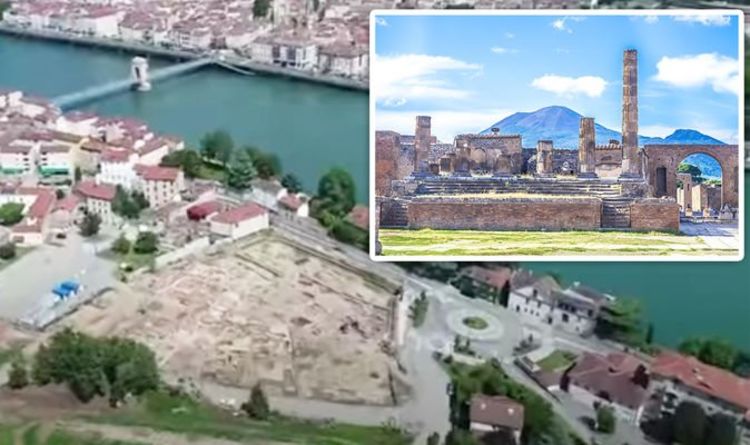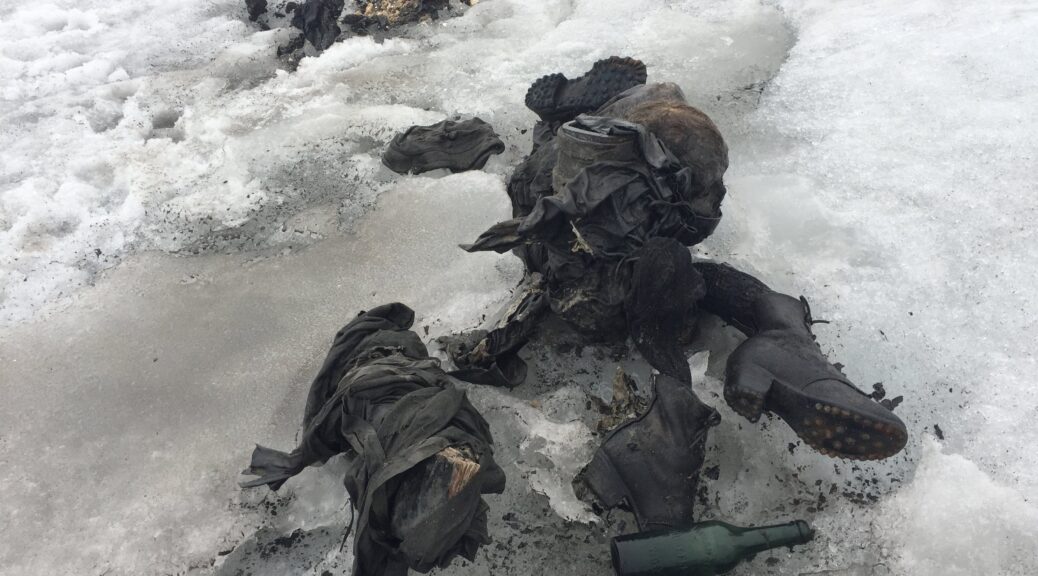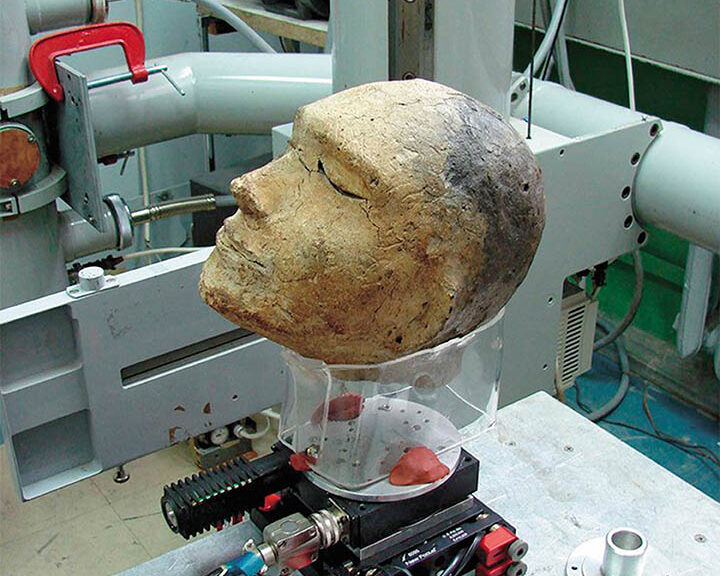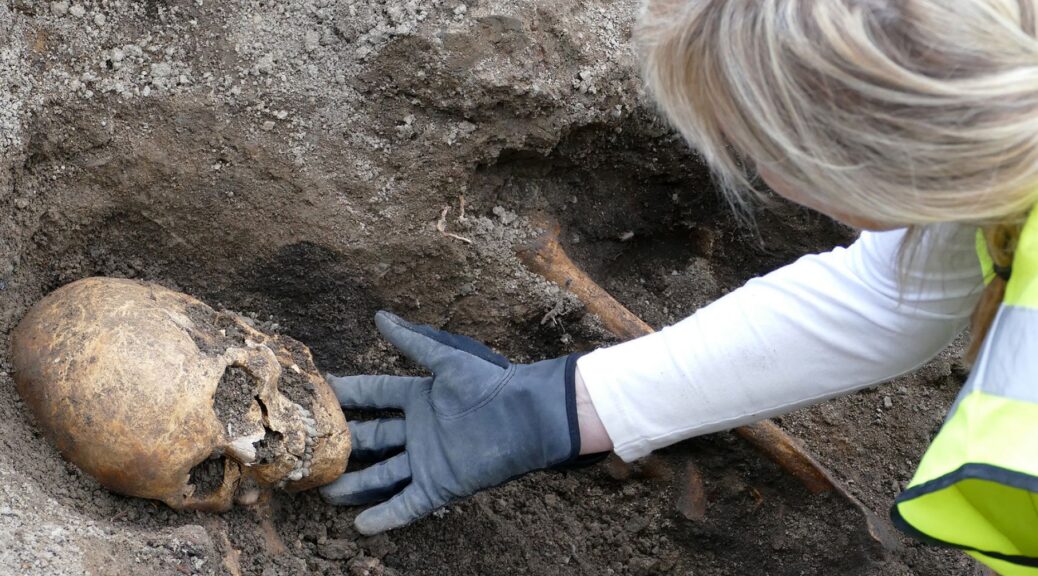The oldest known polychrome mosaic floor dating to the second-millennium bc has been discovered at the Hittite settlement of usakli hoyuk Turkey.
An Italian-Turkish team has unearthed the world’s oldest-known polychrome mosaic floor at Usakli Hoyuk, a Hittite settlement in central Turkey.
The partially preserved mosaic measures 23 feet by 10 feet and once adorned an open courtyard belonging to a building that archaeologists believe was a second-millennium B.C. temple.
The mosaic, which was set into a beaten-earth surface, consists of more than 3,000 multicolored stones arranged in rectangular frames, each with three rows of alternating white, red, and blue-black triangles. Stone pavements served a practical function in Hittite architecture.
The mosaic was unearthed during a planned excavation at Uşaklı Höyük in central Turkey, some 14 miles (19km) north of Yozgat.
It was “occupied from the end of the 3rd millennium, during the Middle Bronze and Paleo-Hittite phases (18th-16th centuries BC),” according to The Archaeological Project at Uşaklı Höyük.

Since 2008, the Anatolian Archaeological Project in Central Anatolia has been revealing the ancient town’s long history. They have found fragments of cuneiform tablets indicating that it was once a major Hittite center. Dr. Anacleto D’Agostini of Pisa University, who took part in the mission, wrote that the site may be the “lost Hittite city of Zippalanda,” according to Haaretz.
Unusual Bronze Age Mosaic
During work on the site, a large building on a terrace, which dated to the Late Bronze Age , was found. This had the characteristics of a building that was constructed during the Hittite period. It was believed to be a temple that was possibly dedicated to the Storm God, a very important deity for the Hittites and other populations.
Near this possible temple, a courtyard was located, and it was here that archaeologists made the remarkable discovery of a mosaic. The experts found a paved floor that measured about 20 ft by 9 ft (7m by 3m), which was poorly preserved.
The floor was paved with some 3000 pieces of stone, that appeared to have been roughly shaped and cut. Haaretz quotes D’Agostini as saying that “the mosaic was framed with perpendicularly positioned stones in white, black-blue and white again”.

Unlike later mosaics, it was not made out of smooth and small stones. All the stones that were found were cut in irregular shapes and the floor would not have had a smooth finish.
According to Haaretz “one wonders how comfortable it was to walk on and one envisions a lot of twisted ankles.” However, the mosaic was possibly deliberately made to be uneven so that slippery mud would not form on its surface.
A Bronze Age Mosaic for Gods
The stones have been clearly set to produce geometric patterns using divergent colors reports Antiquity. The mosaic is divided into three distinct areas, and each one contains a number of triangles. It is discerned to have been created at the same time as the Hittite temple because it is closely aligned with its eastern wall.
D’Agostino is quoted by Haaretz as saying that the “building and mosaic are characterized by ‘high-status architecture’” and this lends credence to the theory that indeed the unearthed structure was the Temple of the Storm God.
Art of Mosaic Making
The discovery of this Bronze Age mosaic at a Hittite site is astonishing. Flagstone and cobblestone, often painted, have been found at sites associated with this Bronze Age culture. They have been found in temples and even private rooms. However, no decorative mosaics have been found ever, until this one at Uşaklı Höyük.
“The technique of making mosaic floors using different colored pebbles is well known during the Iron Age ,” according to the report in Antiquity.
There are many examples of checkerboard mosaic floors from the Iron Age. But until the discovery at Uşaklı Höyük, the earliest known mosaic had been found in southern Anatolia at the 9 th century BC Phrygian Gordion citadel.

World’s Oldest Mosaic
However, the discovery of a Bronze Age mosaic floor at Uşaklı Höyük is considerably older than anything yet found. Moreover, the design of the mosaic was much more complex than anything found from the time. Antiquity reports that the find “provides the first evidence of a polychromatic mosaic floor with clear patterning.”
It is possible that the mosaic may represent an older tradition from Anatolia. Antiquity reports that the pavement “could represent a Late Bronze Age Anatolian forerunner for later polychromatic mosaic floors.”
The discovery may indicate that the art of mosaic making developed much earlier than widely believed and this could provide new clues into its stylistic development.
The find may result in the experts re-writing the history of images made out of polychromatic stones, an art-from that reached its zenith in the Classical Period in the Mediterranean.































